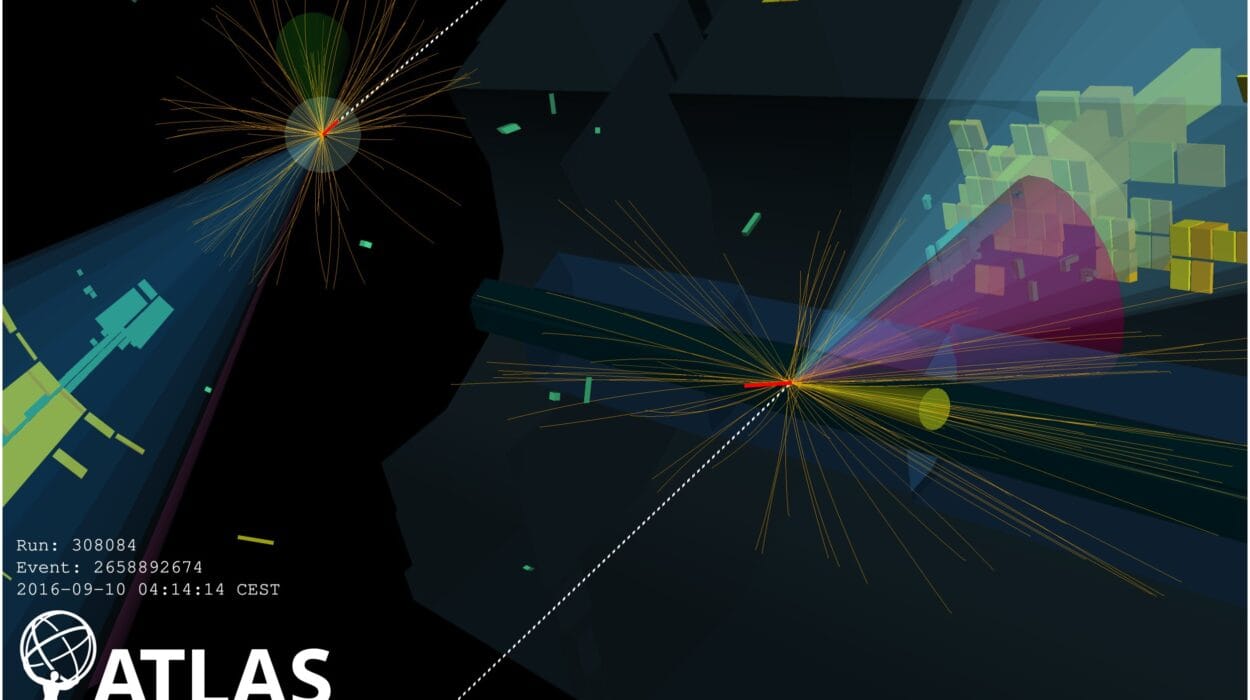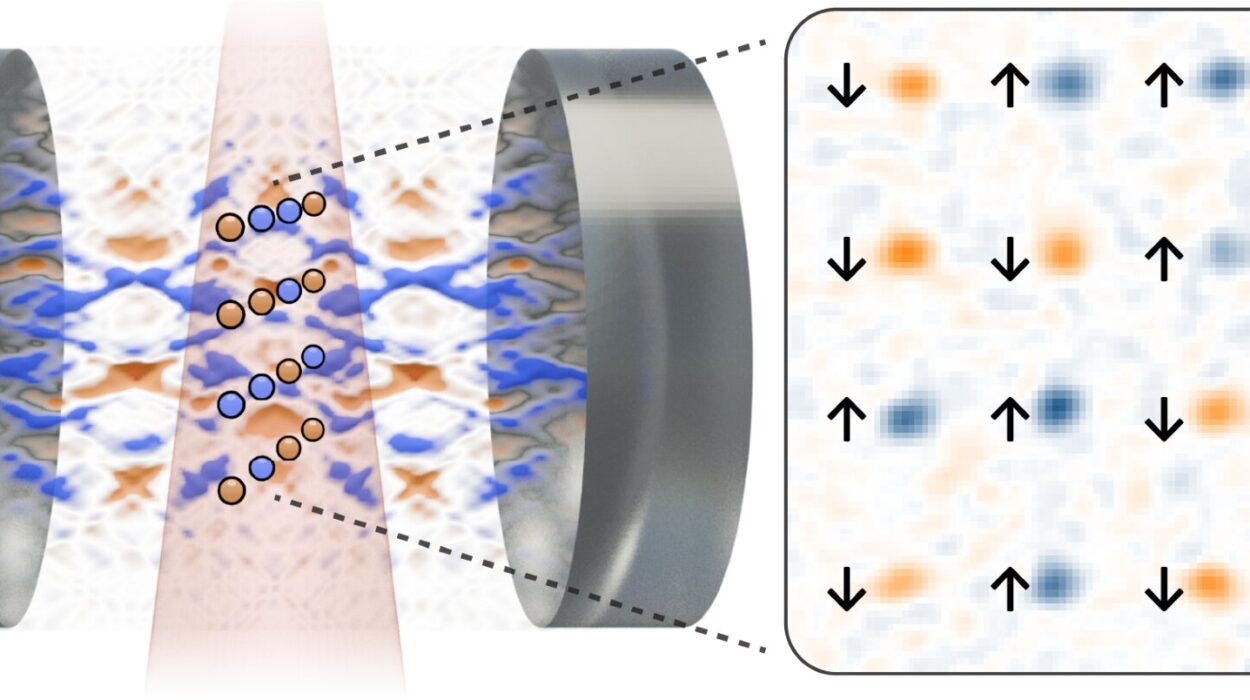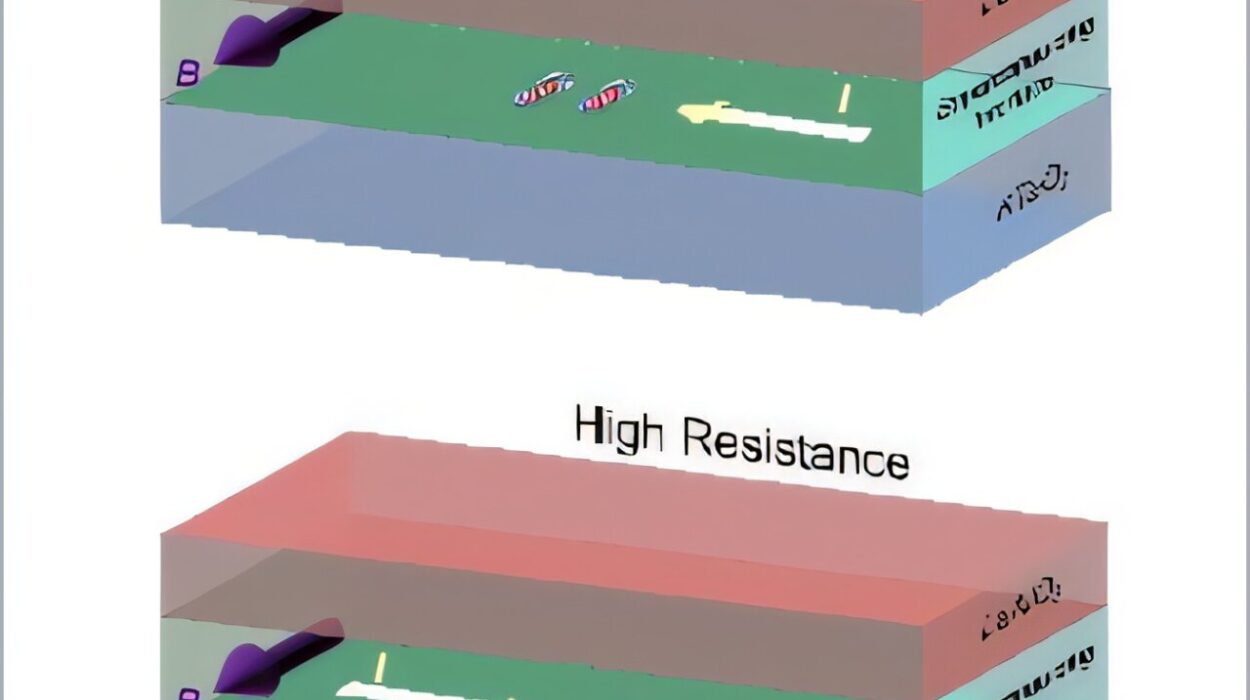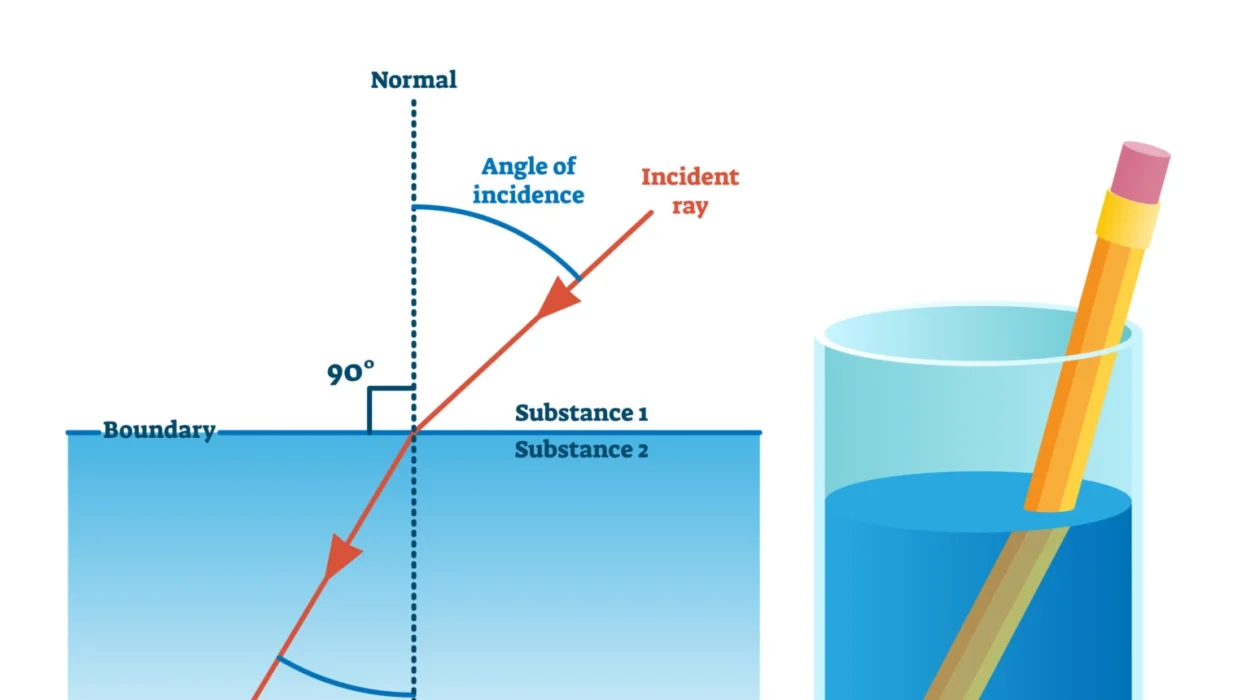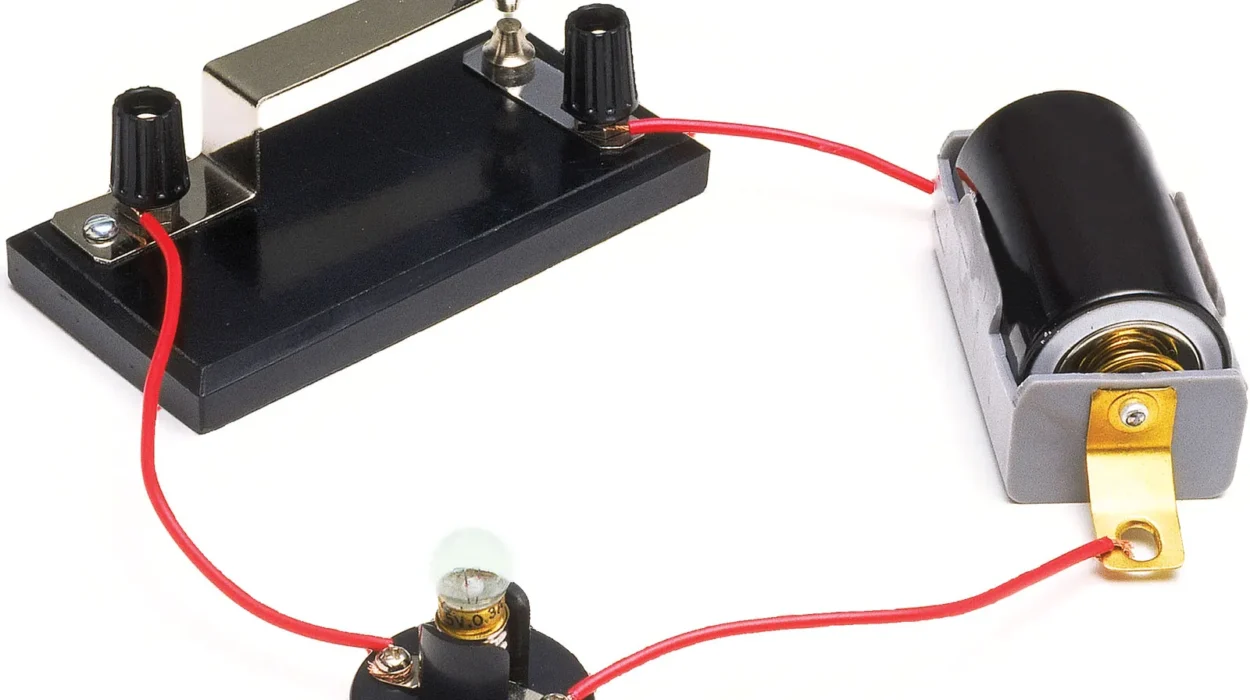Imagine standing beside a rushing river and watching a whirlpool form, spinning endlessly yet moving forward with the current. Or picture a tornado spiraling through the sky, powerful and mesmerizing as it tears across the landscape. These swirling motions are not chaotic; they are organized, structured patterns of energy. Scientists call them vortices—whirlwinds of motion that combine both rotation and forward movement.
Now, imagine light behaving the same way. Not just shining in a straight beam, but spinning like a miniature tornado as it travels. This spiraling form of light is called an optical vortex, and it carries remarkable potential. Unlike ordinary light, which spreads information in more limited ways, twisted light can encode far more data, promising faster internet, ultra-secure communication, and a revolution in how we transmit information.
What Makes Light Twist?
Normally, a beam of light is straightforward: its photons—tiny packets of energy—stream forward like an invisible arrow. But under the right conditions, that arrow can become a corkscrew. In an optical vortex, the light beam develops a spiral phase, winding around its own axis as it travels forward. At the very center, there is a kind of “hole,” like the eye of a storm, where the light intensity drops to zero.
This strange behavior gives optical vortices unique properties. Because they twist, they can carry an extra kind of information known as orbital angular momentum (OAM). In simple terms, it’s as though light gains an additional dimension, a new layer of complexity, allowing multiple data streams to be packed into the same beam. Imagine adding new lanes to an already crowded highway: suddenly, traffic flows faster, and far more cars can travel at once.
Old Challenges, New Solutions
For years, scientists have been searching for practical ways to generate these twisted beams. Traditional methods rely on bulky crystals or complex nanofabrication techniques—processes that are expensive, time-consuming, and difficult to scale for real-world applications.
But a breakthrough has emerged: using ultra-thin van der Waals (vdW) materials. These are extraordinary crystals made of layers so thin they can be peeled apart like sheets of paper. Their layers stick together through van der Waals forces—the same subtle molecular interactions that allow geckos to cling to walls or spiders to walk across ceilings. This force is strong enough to hold the structure together, yet weak enough that the material can be reconfigured at will.
The beauty of vdW materials lies in their natural optical properties. Instead of carving and sculpting materials at the nanoscale with costly tools, researchers can now harness what these crystals already do: bend and twist light as it passes through them.
How the Twist Happens
The key to this transformation lies in a phenomenon called birefringence. When light enters certain materials, different parts of the beam slow down by different amounts. It’s as if the material acts like a funhouse mirror, stretching and bending the light in asymmetric ways.
When circularly polarized light—a special form where all photons spin in the same direction—enters vdW materials, something remarkable happens. The material flips the direction of the light’s spin and, in doing so, imparts a spiraling twist. The beam emerges not as ordinary light, but as an optical vortex: doughnut-shaped, spinning, and packed with new potential.
Experiments with Ultra-Thin Crystals
To prove this, researchers tested two common vdW materials: hexagonal boron nitride (hBN) and molybdenum disulfide (MoS₂). Using laser beams, they directed light through these crystals and carefully measured the results.
The findings were stunning. Even with samples only 8 micrometers thick for hBN—about one-tenth the width of a human hair—or just 320 nanometers thick for MoS₂—thinner than some viruses—the materials successfully generated clear optical vortices.
Not only did the light twist, but it did so with impressive efficiency. Almost half of the incoming light was converted into spiraling beams, an efficiency level far higher than many conventional methods. Simulations suggest that by fine-tuning the shape of the incoming light, this efficiency could climb even higher.
Why This Matters for the Future
Beyond the fascination of twisted light lies a profound practical implication: next-generation communications.
Our world depends on moving information quickly and securely, from high-speed internet to intercontinental satellites. Ordinary light beams can carry only so much data before they become overloaded, just as a two-lane highway can only handle a limited number of cars. Optical vortices, with their extra spiraling lanes of information, offer a way to vastly increase bandwidth.
In addition, the unique properties of twisted light make it ideal for quantum communication, where security is paramount. Each vortex beam can act like a distinct channel, harder to intercept or decode without detection. This could pave the way for ultra-secure global communication networks.
Most importantly, because this new method relies on cheap, ultra-thin crystals rather than costly and bulky devices, it holds promise for scalable, practical adoption. Imagine satellites equipped with lightweight vortex generators, or fiber-optic networks that carry exponentially more data without laying new cables.
The Road Ahead
While the discovery is groundbreaking, challenges remain. Researchers are now focused on boosting conversion efficiency, making the system compatible with existing communication infrastructure, and integrating the technology into larger optical devices.
But the foundation has been laid. What was once thought to require heavy, expensive machinery can now be achieved with crystals so thin they are nearly invisible. By harnessing the hidden power of vdW materials, scientists have opened a door to a future where twisted light might carry the world’s information faster, safer, and farther than ever before.
A New Era of Light
From whirlpools in rivers to spiraling tornadoes in the sky, nature’s vortices remind us that motion can be more than straight lines—it can be graceful, powerful spirals. Now, light itself has joined this dance. With van der Waals materials guiding the way, humanity may soon step into a new era of communication, one where information rides not just on beams of light, but on the twists and turns of spiraling photons.
More information: Jaegang Jo et al, Spin-orbit coupling in van der Waals materials for optical vortex generation, Light: Science & Applications (2025). DOI: 10.1038/s41377-025-01926-7

